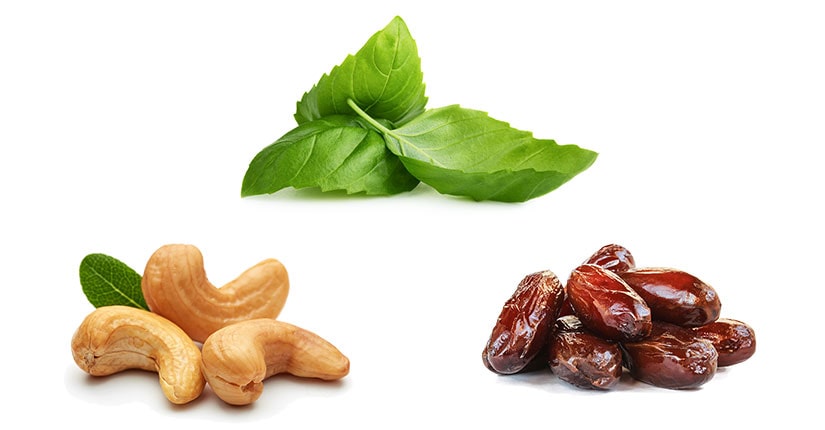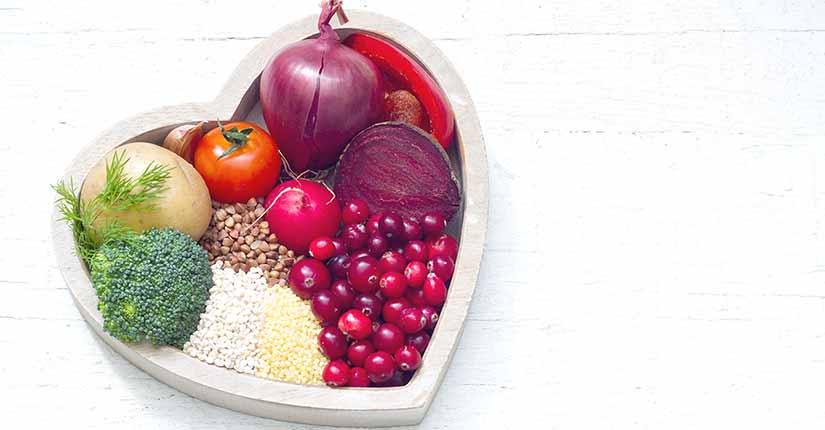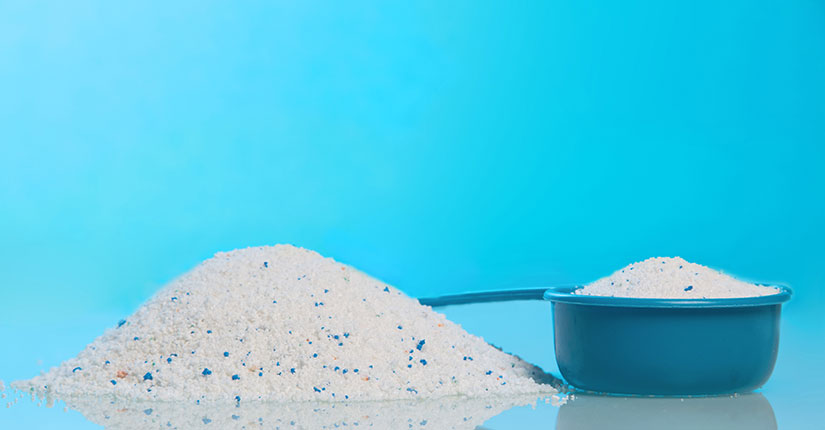The Six Tastes According to Ayurveda- Know about Sweet taste
By Nmami Life Editorial 24-Aug 2021 Reading Time: 11 Mins

Ayurveda recognizes six tastes, each of which has a significant role to play in our physiology, health, and wellbeing. The sweet, sour, salty, pungent, bitter, and astringent tastes combine in many ways to create the incredible diversity of flavors we encounter throughout our lives.
Ancient Rishis of India who developed the Ayurvedic system of living were not aware of proteins, carbohydrates, and fats. Rather, they approached nutrition from an energetic perspective. They discovered that if the qualities of a human being and food source were understood, then it could be predicted what effect would occur on the human body when the food is consumed.
The Role of Taste in Nutrition
Rasa or taste is the object of the gustatory sense organ, as distinct from the objects of the other sense organs. When six rasas (tastes) i.e. sweet, sour, saline, pungent, bitter and astringent are employed properly, they maintain the body and their incorrect utilization results in the vitiation of the dosas. Measurement of food is of two types, one is food as a whole and of its different ingredients having different tastes like sweet, sour, and so on. For example, if food as a whole is taken as per the prescribed measurement but its ingredients having different tastes like sweet, sour, and others are not in prescribed ratio, the equilibrium of dhatus and dosas gets definitely disturbed due to imbalance in the ratio of the composing rasas (tastes). As a result the timely digestion of food as a whole also gets affected.
The concept of developing a healthy diet began with the energetic, or elemental makeup of the foods as it compared to and supported an individual’s constitutional make up. This elemental combination was observed by the ancients as they came to understand the building blocks of a healthy diet.
The qualities of preceding basic elements (akasa, vayu, agni, ap and prithvi) are included in the succeeding ones; so the qualities of ap are automatically included in prithvi. To sum up, ap and prithvi are the substrata for the manifestation of taste (rasa). Taste (rasa) can manifest itself only through ap and prithvi. Hence, identifying and understanding the elemental nature of the tastes within food serves as the basis for defining good nutrition.
About the first rasa- Sweet Taste
Sweet or madhura taste helps build those tissues that are formed and results from the combination of Water and Earth. The taste is heavy, moist, and cooling by nature. Thus, sweet substances strengthen Kapha. Although a high dose of sweets can create a Kapha imbalance, which might arise the need to be corrected with pungent, bitter and astringent tastes and warming foods.
Location on the Tongue: front tip
Affinity for Organs: thyroid, upper lungs
Associated positive emotions: It promotes cheerfulness, energy and happiness, containing the energy of love.
The Role of the Sweet Taste
Of the six tastes, the sweet taste is found to be highly significant. In this classification, sweet taste occupies the first position inasmuch as it plays a vital role in the diets of all living things.
Experts agree about the value and necessity of the sweet taste prevailing in the diet. It has been found to be the predominant taste with most foods containing the elements of ap (water) and prithvi (earth) as their key constituents. The energetics of these elements provided by the sweet taste are necessary for the health of all living things.
Benefits of Sweet rasa
The Ayurveda explains that each taste has its specific therapeutic actions.
Sweet taste is building and strengthening to all body tissues. It harmonizes the mind and promotes a sense of contentment.
- It is soothing to the mucous membranes, expectorant and mildly laxative.
- It counters burning sensations. All of these aspects of sweet are supportive of the digestive processes.
- Digestion being at the root of all health or disease, it is essential to have an abundance of supportive intake.
- It prolongs life, nourishes the sense organs, imparts vigour and improves the complexion.
- It has a lubricating effect on skin, hair and voice and promotes strength.
Sweet taste naturally contributes to increased bulk, moisture, and weight in the body. Due to this reason, it is excellent for building the body’s seven vital tissues (called dhatus) of plasma, blood, fat, muscles, bones, marrow, and reproductive fluids. Sweet taste enhances saliva secretion, soothes mucous membranes and burning sensations, relieves thirst, and has beneficial effects on the skin, hair, and voice.
The sweet taste, when taken in its natural form (like rice, bread, or pasta) along with the other tastes, provides satisfaction. Without it, most people feel unsatisfied, although unable to understand why. Feeling satiated allows one to move into the flow and expectations of life more easily. This justifies the reason for developing an uncanny craving after dinner to have sweets.
Foods that illustrate sweet taste
By sweet taste, we not only means sweets or sweet flavoured foods but it is also found in milk and milk products (like butter, ghee, and cream), most grains (especially wheat, rice, and barley), many legumes (like beans and lentils), sweet fruits (such as bananas and mangos), and certain cooked vegetables (such as carrots, sweet potatoes, and beets).
Can sweet processed food be considered under sweet rasa?
These two critical fundamentals of our diet justifies that the food should be both delicious (priya) and wholesome (hita). If the food is only delicious but not wholesome as in case of processed foods, then this does not contribute to the sustenance of the body and nourishment of the sense organs and their objects, namely smell, taste, vision, touch and sound in the body. Likewise, if the food is only wholesome, but not delicious, then it does not provide nourishment to the senses and their objects in the body instantaneously. Therefore, it is important for the food to be both delicious and wholesome.
If consumed in excess
It is natural to over-indulge in the sweet taste because it is tempting and addictive. However, when overused, the sweet taste can smoother the digestive fire, reduce the appetite, increase mucus, promote congestion, colds and coughs, or cause ama (toxins), fever, breathing problems, swollen lymph glands, tumors, edema, flaccidity, heaviness, laziness, excessive desire for sleep, fungal infections, obesity, and diabetes. Excessive sweet taste can also contribute to unhealthy cravings and greed leading to being overweight and making heart more vulnerable to cardiovascular diseases
Footnote
Maintaining a balance of the six tastes in our diet creates harmony in the body and mind. Each taste contains certain elements (space, air, fire, water, earth), so depending on your dosha, there are tastes that will be more balancing for you than others.


















